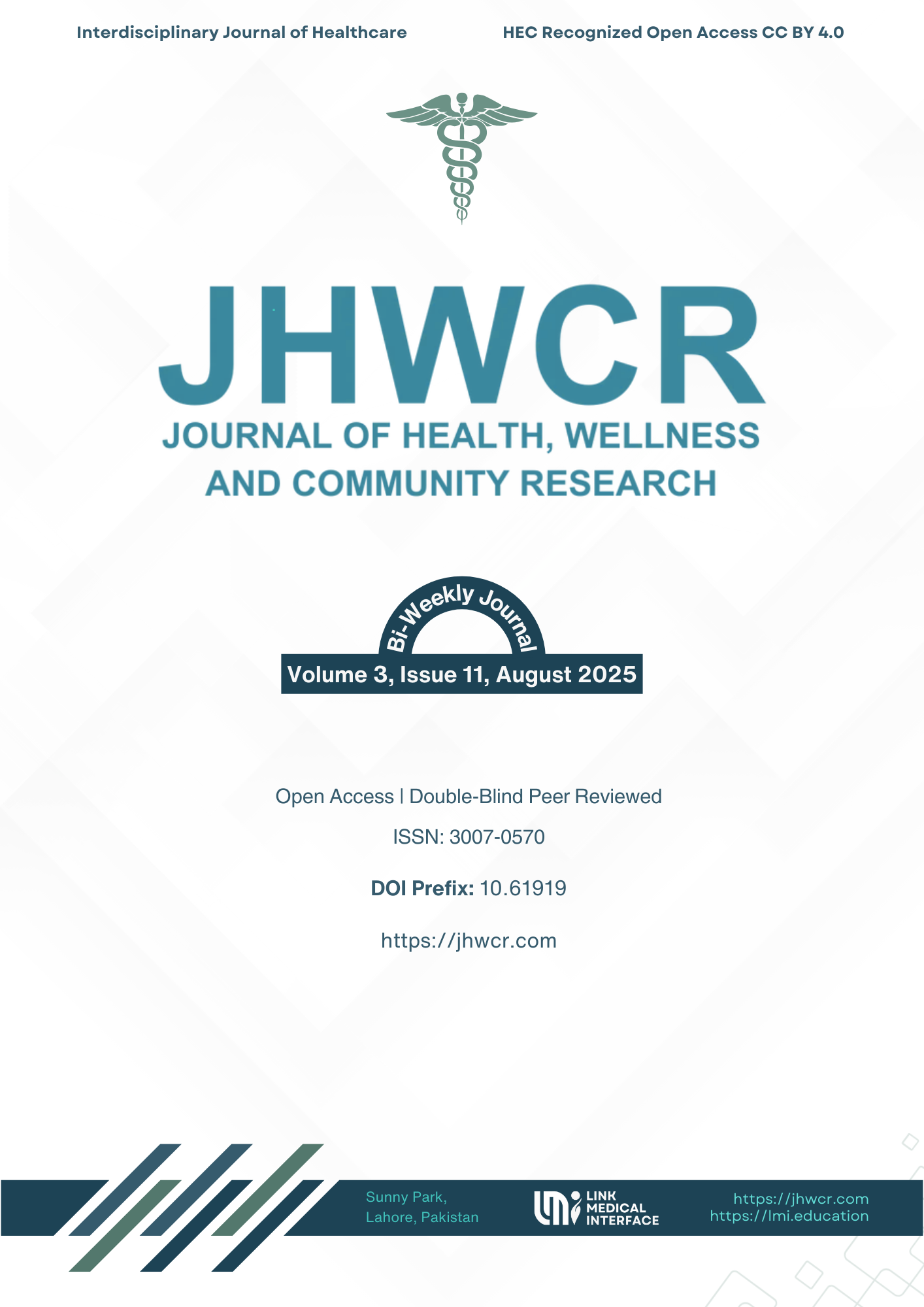Evaluating the Effectiveness of Grade I and II Maitland Mobilizations for Pain Relief in Adhesive Capsulitis: A Systematic Review
DOI:
https://doi.org/10.61919/9fb39y06Keywords:
Adhesive capsulitis; frozen shoulder; Maitland mobilization; manual therapy; pain relief; systematic reviewAbstract
Background: Adhesive capsulitis, commonly referred to as frozen shoulder, is a disabling condition characterized by progressive pain and restriction of glenohumeral joint mobility, often leading to long-term functional impairment. Manual therapy, particularly Maitland mobilizations, has been widely used for symptom management, yet the specific contribution of low-grade oscillations (Grades I and II) for pain relief remains unclear. Objective: This systematic review aimed to evaluate the isolated effectiveness of Maitland mobilization Grades I and II in reducing shoulder pain in patients with adhesive capsulitis. Methods: A systematic search of PubMed, PEDro, and Cochrane CENTRAL from inception to January 2025 was conducted. Randomized controlled trials (RCTs) involving adults with adhesive capsulitis treated with Grade I/II Maitland mobilizations compared to sham therapy, other physiotherapy modalities, or no treatment were included. Pain outcomes measured by Visual Analogue Scale (VAS) or Numeric Pain Rating Scale (NPRS) were extracted. Risk of bias was assessed using the Cochrane RoB 2 tool, and quantitative synthesis was performed where feasible. Results: Fourteen RCTs, with 412 participants, met the inclusion criteria. Pooled analysis of eight trials demonstrated a significant and clinically meaningful reduction in pain favoring Maitland Grade I/II mobilizations (mean difference −1.8 cm on a 10-cm VAS; 95% CI −2.4 to −1.2; I²=46%). Most trials reported consistent short-term benefits, though heterogeneity in dosage and protocols were noted. Conclusion: Low-grade Maitland mobilizations (Grades I and II) are effective for short-term pain relief in adhesive capsulitis, particularly in the freezing stage, and should be considered a first-line manual therapy option. Future high-quality trials with standardized protocols and longer follow-up are warranted to establish definitive clinical guidelines.
Downloads
Published
Issue
Section
License
Copyright (c) 2025 Zakir Ullah, Safdar Ali, Aiman Basheer, Rubi Nosheen, Yousra Taimor, Sana Rauf, Sahar Iqbal (Author)

This work is licensed under a Creative Commons Attribution 4.0 International License.


